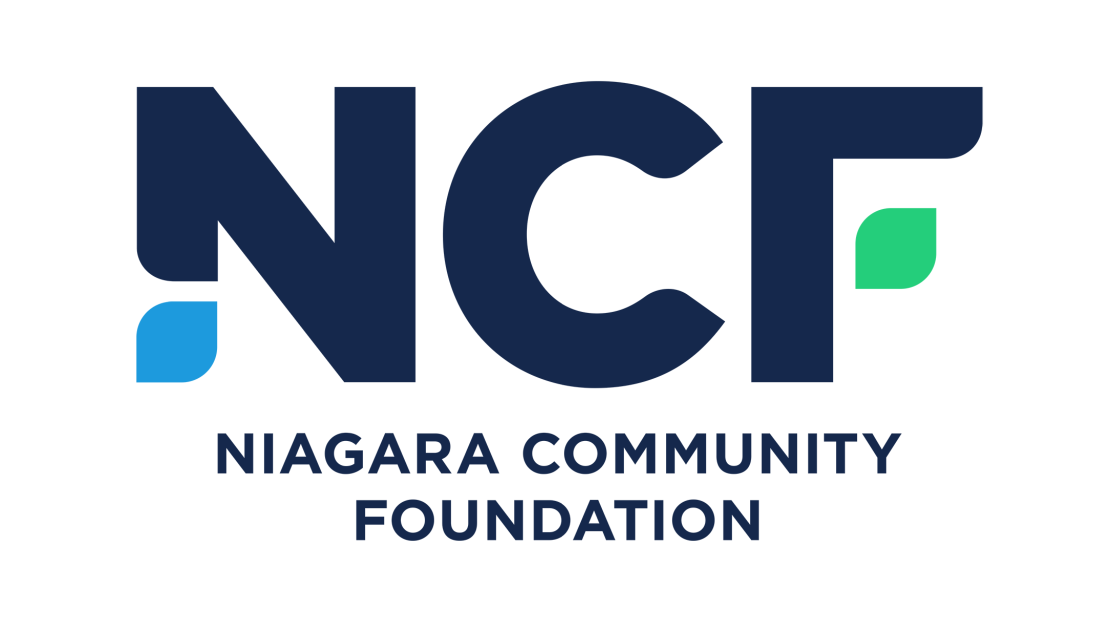 “Money doesn’t grow on trees.”
“Money doesn’t grow on trees.”
“Waste not want not.”
“What am I, made of money?”
Fathers are famous for coming up with great one-liners like these and many others over the years. I’m sure you’ve got your favorite father figure saying as well. Share it – I’d love to hear them.
For as much as we poke fun at the things fathers say, they are often the first person people turn to for financial advice, and their wise words can play a large role in shaping our habits and attitudes towards money – so much so that the “dad voice” can continue well into our adult lives. From budgeting to working hard in order to increase your earning power, to saving and investing wisely – the father figures in our lives have a lot to teach us about life and money.
With Father’s Day coming up this weekend, it’s good to reflect on the positive ways fathers in your life have influenced you. Give the good fathers you know a big “thank you” this Sunday. Or you could pass along one of these articles as a return in kind for the wisdom and support.
And remember: “Don’t spend it all in one place.”
When it comes to Father’s Day, there definitely is no shortage of amazing gift ideas from tech gadgets to barbecue gear and subscriptions to anything imaginable. But there is a gift that many are not even thinking or writing about that Dad might appreciate the most, and that is giving him the gift of having financially independent kids.
Here are several ways to show your father that you are in control of your finances and on your way to financial independence:
Follow the Golden Rule of Financial Wellness:
Control your cashflow to spend less than you make.
Being aware of what is going out every month and comparing it to what is coming in is a vital part of the financial independence process. You can do this in just a few easy steps:
1) Pull together your credit card and bank statements (anything you use to pay your expenses every month).
2) List all your expenses beginning with the last month (although the last 2-3 months or more is ideal to help capture the irregular expenses). If you prefer to write things down like me, use the pen and paper approach. If you prefer a spreadsheet, consider a worksheet like this to get you started. For the more tech focused, try an easy to use budgeting app like PocketGuard or Mint and for those budgeting with a partner, consider Honeydue . Choosing an approach that gels with your personal preference and lifestyle is key!
3) Tally up your expenses and compare them to your monthly take home pay. Are you spending more than you make? Are you spending more than you had mentally accounted for? Are irregular expenses taking you over your limit periodically? Are you just interested in being able to save more?
4) Challenge your expenses and create a spending/savings plan that will put you in control of your money and make your spending more purposeful. You would be surprised how things can find a way to creep into your spending and steadily increase your expenses while eating away at your savings. Things like subscriptions, incrementally increasing cable/wireless/insurance bills, irregular expenses or spending on going out again now that the world is opening up – all of these can be budget crushers! Take a look at these (mostly) painless ways to save money for some ideas. The 50/30/20 rule is an approach that seems to work for many individuals, and here are some other ideas on money management strategies that might work well for you.
Set savings on automatic:
The first step is to build your emergency cash cushion so that Dad is not one!
1) Create a separate savings account specifically for emergencies that is not commingled with your spending money. Check out a site like bankrate.com for some easy options.
2) Set savings on automatic every month so that you do not even have to think about it. When you do this, the likelihood of sticking with it greatly increases. You can either do it via an automatic withdrawal from your checking account or you might have an option to directly deposit part of your paycheck into your savings account. Just check with your company’s payroll department on how to do it. Here are some tips on how to prioritize saving versus debt and other priorities.
Make a plan to pay off your high interest rate debts and strengthen and protect your credit score.
1) List out your debts and pick a debt pay-off approach that works for you. The two most popular approaches are the debt avalanche and the debt snowball. The debt avalanche focuses on making maximum payments on your highest interest rate debts first and then rolling payments to the next highest interest rate until everything is paid off. This is done in addition to making minimum payments on all your debts. This approach saves you the most time and interest.
The debt snowball focuses on making maximum payments on your lowest balances and rolling that payment to the next lowest balance until everything is paid off. Like the avalanche approach, this is being done while minimum payments are made on all the debts. This approach provides you with some quick wins and tends to work great for those of us that have a lot of different debts and need that additional reward and motivation to keep us going.
I personally used a hybrid approach. I started with the debt snowball and then transitioned into the debt avalanche once I felt the confidence and motivation from those quick wins. Check out this debt avalanche calculator and this debt snowball calculator and get started!
2) Strengthen and protect your credit score by first reviewing your credit reports on annualcreditreport.com and disputing/cleaning up any erroneous or stale data. You can do most if not all of it online! This step is super important as this is the information used to generate your credit score.
Then monitor your credit score using a site like CreditKarma or CreditSesame . They are focused on giving you tips, resources and reminders that will help strengthen your score. The big impact items are making your payments on time (eliminate this problem by setting them on automatic) and keeping your credit utilization below 30%. You can read more about credit strengthening tips here .
Start saving for your future
Einstein famously said: “Compound interest is the eighth wonder of the world. He who understands it earns it. He who doesn’t, pays it.” Retirement might seem far away, but starting to save as soon as possible will allow you to use the power of compound interest to your advantage!
Start by making sure you take advantage of the retirement plan match that your employer offers. That is free money! Then run a retirement estimate like this one to help determine how much you need to save to get on track. Most people use replacing 80% of their income and retiring at age 65 as a starting point. If you want to get there earlier, play around with increasing your savings, reducing expenses, and improving the way that you invest to help you close gaps.
If significantly increasing your retirement contributions feels overwhelming, I do not blame you. An easy hack is to leverage an automatic savings escalator in your plan to help you save seamlessly and automatically without feeling it (especially if you time it for when you typically get a raise every year!). You can use this resource as a simple one stop guide on how to plan for retirement.
Be clear on your “financial why”
In my opinion, this is the most important step towards achieving financial independence. If you want to get down to what really drives and motivates you to financial wellbeing, it all comes down to your psychology and relationship around money. By establishing the “why” behind your finances, you add purpose to your everyday decision making by questioning if the decisions you have made and will make align with your “financial why.”
Taking time to do this will suddenly take you away from making impulsive purchases or trying to keep up with neighbors or friends (the hedonic treadmill). Instead, your financial decision-making process will begin with your “why” and asking yourself how that decision aligns with what is most important to you and the future you want to craft.
As for me, I plan on spending some quality time with my kids this Father’s Day and will continue instilling a desire to achieve independence not only physically but financially. I hope that one day they see these lessons as a win-win that they will pass on to their children, and I hope the same for you. Who knows? If we all do this enough, we might see a future free from financial stress and full of financial wellbeing!
© 2020 Forbes Media LLC. All Rights Reserved
This Forbes article was legally licensed through AdvisorStream.
 Back to myNiagaraOnline
Back to myNiagaraOnline































